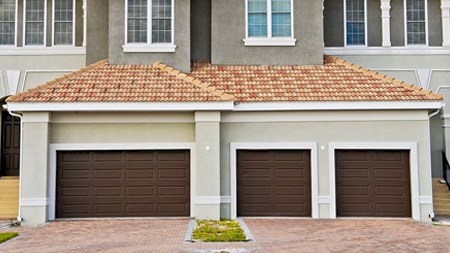As densification and demand for homes in certain areas increases, so does property subdivision.
With the demand for homes escalating in certain regions and more individuals opting for simpler, lower-maintenance and lower-cost living, the number of properties being subdivided over the past 10 years has risen. Lew Geffen, chairman, Lew Geffen Sotheby’s International Realty, says this is particularly true of older, established, affluent residential suburbs that are completely developed, often with freestanding properties between 2,000m² and 6,000m².
“The primary motivation for subdivision is usually financial. While owners might sacrifice half their gardens, they stand to bank a substantial amount of money without losing their dream homes. If owners wish to subdivide a property, they should consult local authorities first about whether subdivision is possible in their suburb and engage the services of an attorney to assist with expediting the process,” he says.
According to Geffen, subdivision depends on the town or city’s bylaws and how they pertain to particular suburbs. He says if the intention of the subdivision is to sell, owners should weigh up the cost of the process versus a realistic sale price for the land.
“Depending on where the land is situated, it might not be worth the eventual time and expense. Owners should also factor in potential loss of peace and privacy. If they are used to living in isolation on a large property, a cluster development on their doorstep will alter their quality of life,” says Geffen.
Herschel Jawitz, CEO, Jawitz Properties, says subdividing a property lowers the costs of running a large home, including maintenance outlays, and decreases the rates. He adds that it allows owners to tap into significant amounts of equity in their property that can be used for retirement, or paying off the existing mortgage or other investments.
“Most suburbs where the original stands are a meaningful size, generally in excess of 2,000m², and allow for subdivision, but only to a certain size of 1,000m² or 500m². The size of the subdivision is determined by rules set by town planning departments, and in many suburbs, residents’ associations oppose subdivision applications that go below the minimum accepted size,” says Jawitz.
It could take more than a year to apply and get subdivision rights granted, says Jawitz, and owners should understand the costs of selling the stand, including capital gains tax, costs of application to subdivide and agents’ commission on the sale. He says it’s important for owners to get a good sense of what the subdivided stand would be worth and understand the impact on the value and enjoyment of the existing property when considering subdividing.
This article originally appeared in Neighbourhood, Sunday Times.


